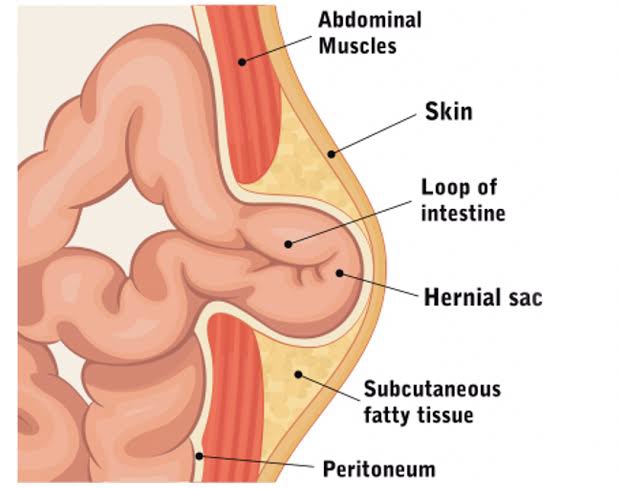Lapsurgery.com.au, Abdominal Hernia: Causes, Symptoms, and Treatment – Abdominal hernias occur when an organ or tissue pushes through a weakened spot in the abdominal wall. This can lead to discomfort, pain, and potentially serious complications. Understanding abdominal hernias is crucial for proactive management and overall well-being.
Types of Abdominal Hernia

Abdominal hernia manifest in several types, including:
Inguinal Hernia:
Occurs in the groin area, more common in men.
Umbilical Hernia
Develops around the belly button, often seen in infants.
Incisional Hernia:
Forms at the site of a previous surgical incision.
Hiatal Hernia:
It involves the upper stomach pushing through the diaphragm.
Causes of Abdominal Hernias
Various factors can contribute to the development of abdominal hernias, including:
Weakness In The Abdominal Wall:
Weakened muscles due to aging or previous surgeries.
Heavy Lifting:
Lifting heavy objects improperly can strain the abdominal muscles.
Obesity:
Excess weight puts pressure on the abdomen, potentially leading to hernias.
Chronic Coughing
Persistent coughing strains the abdominal muscles over time.
Symptoms of Abdominal Hernia
Recognizing the signs and symptoms of abdominal hernia is essential:
Pain or Discomfort:
Often felt during lifting, coughing, or straining.
Bulging or Swelling:
Visible protrusion in the abdomen.
Gastrointestinal Issues:
Indigestion, heartburn, or difficulty swallowing in hiatal hernias.
Diagnosis and Treatment
Prompt diagnosis and appropriate treatment are vital for managing abdominal hernias:
Diagnostic Process:
A thorough physical exam and potentially imaging tests like ultrasound or CT scans.
Treatment Options:
Surgical repair is a common solution, either through traditional or laparoscopic procedures.
Lifestyle Changes:
Incorporating regular exercise and a healthy diet can help manage and prevent hernias. Preventing Abdominal Hernias. Taking proactive steps to prevent hernias is beneficial:
Maintain a Healthy Weight:
A healthy weight reduces strain on the abdominal muscles. Proper Lifting Techniques lift with your legs, not your back, to minimize strain on the abdomen.
Regular Exercise:
Strengthening abdominal muscles through exercises can prevent weakness and hernias.
Closing
Understanding the causes, symptoms, and treatment of abdominal hernias is crucial for early detection and effective management. By prioritizing preventive measures and seeking timely medical care, individuals can lead a healthier life, reducing the risk of abdominal hernias and their potential complications.

